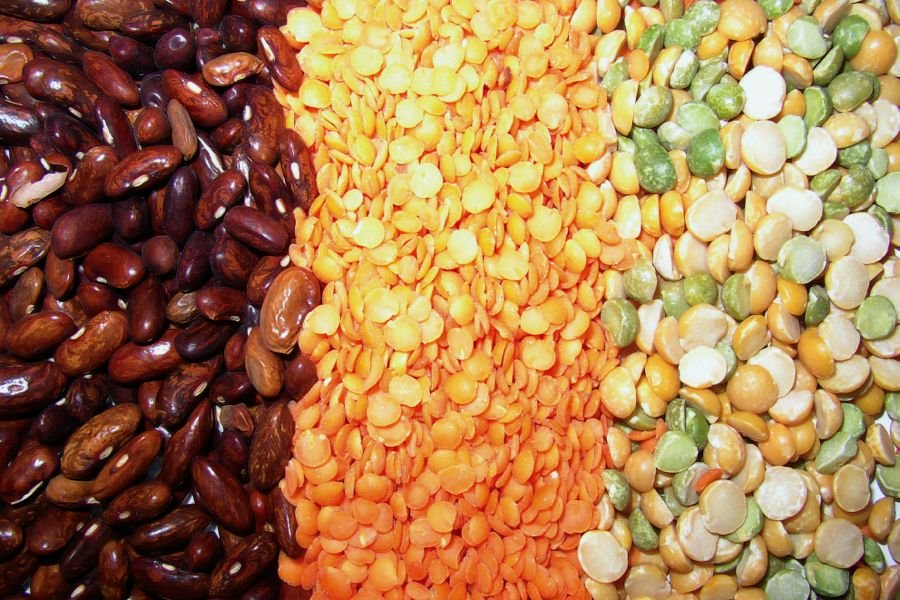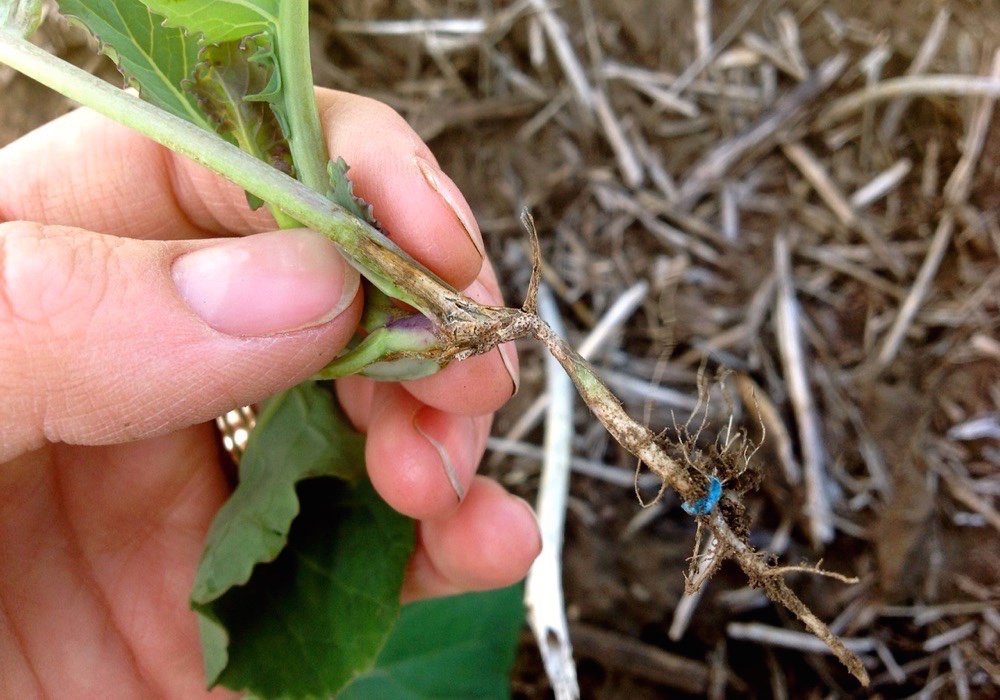How much land does a man need?

This title to the old Russian folk tale by Leo Tolstoy hasn’t lost any of its significance.* It’s a question farmers ponder today, as land and land rent prices continue to rise to levels never seen before.
Despite lower commodity prices, the cost of land is still rising dramatically in the Westlock, Alta. area (about an hour’s drive north of Edmonton). A few short years ago farmers worried about going broke buying land at $2,000 per acre. Today that same land would probably sell at $5,000 per acre. As land prices soar, so do land rent prices. Although more expensive than some other areas, Westlock’s situation is representative of much of what is happening across the Prairies. Landlords are asking themselves, “What is a fair price to charge for land rent?” Farmers ask, “What can we afford to pay for land?”
While the cost of purchasing land is quite easy to find out — it’s publicly available information, or you can just listen to the coffee shop talk — land rental rates are not so clear. Neither landlords nor farmers are trumpeting out the numbers. Word does get around though, especially when a new deal is made at an amount far above what was considered the established rate. Landlords might smile and farmers wince. Especially at these high prices there are a few things to consider for both.
*Editor’s note: Leo Tolstoy’s classic tale of land, farming and greed is available online. It’s one of the stories included in the book, “What Men Live By and Other Tales.” You can read the story or download a free copy at www.gutenberg.org.
1. Build relationships

Bernard Wiese is a retired farmer who still lives in the Westlock community and rents his land out. “I’m more concerned about having someone who looks after the land and farms it properly than getting the top dollar,” he says, adding, “Both parties have to be satisfied for it to work out.”
Ryan Kubinec is a young grain farmer that rents land from several landlords. “Renting land is about relationships,” he says. Good relationships provide more security. A farmer is less susceptible to direct competition from other farmers. Asked if the current rent prices are still viable for farmers he says, “If it’s a good piece of land that ties in to your operation, the higher price could still work.” He’s concerned about non-farming companies that are purchasing farm land. “They’re just looking for a return on investment.”
2. Find a fair price

How does one establish what is fair market land rental? A good place to start could be the ratio used in the article, “The best time to buy and lease farmland” on the website of Manitoba Agriculture: “This is usually in the range of 18 per cent to 22 per cent of gross revenue (yield per acre times price per bushel). For example: A farm with an average wheat yield of 50 bushels and three-year average price of $7 would make the average gross revenue $350 per acre. Fair market land rental should be about $66 per acre (the range is usually about $63 to $77 per acre).”
In an Article for Alberta Agriculture, “Land Rent — Frequently Asked Questions,” Ted Nibourg writes: “It is often difficult to determine cash rent in an area through word of mouth. Prices and values are quoted but unless one understands the true nature of the rental arrangements, difficulties and misunderstandings can occur.” Some agreements might include bin rental, raising the value and per acre price. What it boils down to, Nibourg says, is to determine land productivity. One quarter might produce a good crop of canola and the next hardly a decent crop of barley.
3. Make sure it pays

What to do if a landlord insists on the top price? In a press release from Farm Credit Corporation J.P. Gervais writes, “Knowing your cost of production and making projections about revenue are critical in determining your ability to pay for rented land,” adding that producers should also factor in fixed costs, such as equipment, property taxes and insurance, when considering a lease.
“Normally renting land is about bringing down capital costs by spreading them over more acres,” says Kubinec. “The question is: is it spreading capital cost or is it raising it?” Will extra machinery be purchased on loan to operate the rented acres? That can be risky, especially if the land rental agreement is such so the farmer isn’t certain he can keep the land. If the lease is lost, a farmer can be stuck with expensive payments he/she is no longer able to make.
When land rent increases significantly it can be tempting for farmers to give up the land. “Balancing the need to secure land for the long term and managing the financial health of your operation is a difficult exercise,” Gervais says. “Nobody can predict the future with accuracy. The only available option is to run scenarios and position your business to be able to take advantage of future opportunities and face emerging challenges.” If the farm is able to carry a loss for a year or two, it may be worthwhile to keep the lease in order to secure the future.
4. Get it in writing

Rental agreements should be in writing, even if everyone completely trusts each other. People forget things, and it’s good to have it in black and white. Renting land is about more than just price per acre. Landlords need to think about what tillage practices they want the renter to use, whether straw can be taken off the field, trees taken down, if certain crop rotations must be followed. How important is it to them that the land is well taken care of and what does that mean? All those things should be written down. As Wiese said, for many farmers it is more important to know their land is well cared for than to get top dollar.
For the renter, clauses such as the right of first refusal and length of the agreement are important. Agreements can have different renewal dates. There may be one date for lease renewal and another for rental rate renewal.
5. Try a price formula

There are several options to set land rent prices. The most popular one is straight cash rent — so many dollars per acre, period. “We prefer to do all our rents on a cash basis,” Kubinec says. “You can budget and prepare that way.” Others work with flexible cash rent. The base price is set on a certain price of a commodity, for instance $10 per bushel canola and $5 per bushel wheat. If the price goes up the landlord gets an agreed upon premium. Another option is to charge a lower base rent that uses the following equation for a top up after harvest: bushels harvested (for example, 50 bushels canola) times price per bushel at a specified time or the average over a specified time (for example, $10 per bushel) times 15 per cent. If the total exceeds the base payment, a top up is paid. This protects the farmer in a poor year and the landlord benefits in a good year.
In the Westlock area, the crop share arrangement, where the landlord shares in the cost of production and the commodity sales, is becoming less popular.
6. Keep in touch

Key to land rent negotiations is good communication. Both landlord and renter should try to put themselves in the other’s shoes. “Clearly communicating and understanding each other’s goals, values, expectations and circumstances will go a long way to making an agreement work for both parties,” says a Manitoba Agriculture article on Land Rent agreements. Where good communication is possible, a farmer and landlord can discuss the repercussions of a seriously bad year. The best agreements, at whatever price, still rely on a solid respectful relationship.











